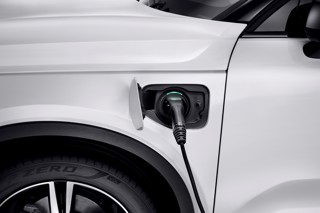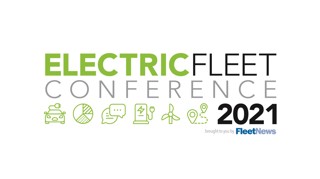Ashley Barnett, head of consultancy at Lex Autolease
The coronavirus pandemic has presented many challenges to the motor industry. The market will take some time to get back on its feet and how long that will take remains to be seen.
It was positive to see the market responding well to the Government’s fiscal commitment to electric vehicles (EVs), but, as we face 2021, accelerating EV adoption needs to stay at the top of the industry’s new year’s resolution list if the industry is serious about achieving the ambitious Road to Zero targets.
While encouraging, the 66.7% year-on-year growth in EVs is from an extremely low base – so it must not distract from the fact that, right now, only 6.6% of new vehicles on the UK’s roads are EVs, while less than 1% of 33 million cars are battery electric vehicles (BEVs).
Many businesses will have had a turbulent 2020, resulting in major changes to how they operate. This presents an invaluable opportunity for firms and organisations to kick-start their transition to green. With increased home working comes lower business mileage and less frequent commutes, making EVs a realistic option for a far bigger pool of employees on company car policies.
There will no doubt be many things we all want to leave behind in 2020. But ongoing Government funding and resources to help drive adoption of green technology is one of the positives to emerge from the year. Along with initiatives such as publication of future benefit-in-kind (BIK) tables, plug-in grants and the removal of the VED surcharge, will help drive EV uptake on a mass-market scale.
However, the budget deficit is at its highest level since 1945 and the Chancellor will be under pressure to tackle the gap quickly. Hopefully, the Prime Minister’s commitment to a green recovery from Covid-19 will ensure that fiscal support will be retained to ensure EVs can fulfil their potential throughout 2021 and beyond.
And as if all this wasn’t enough, the Government and those in the fleet industry need to keep one eye on creating and developing the right conditions for the burgeoning used EV market. In around three years, we’ll see the 108,000 EVs that were delivered in 2020 enter the secondary market. This presents a fantastic opportunity to make EVs more accessible across every price point, but the industry and Government need to work together to stimulate demand. At the moment, a second-hand EV doesn’t stack up favourably against an ICE alternative when the initial financial outlay is viewed in isolation.
In the coming months, the motor industry, as a collective, must continue to work closely with Government departments to ensure the sector is in the best possible position to fuel the green recovery. And, at the same time as boosting demand among individual and business drivers, we must encourage and facilitate supply by making the UK an attractive market to manufacturers.”


















Login to comment
Comments
No comments have been made yet.